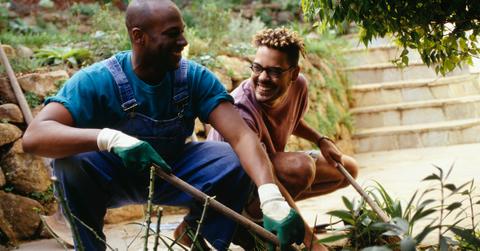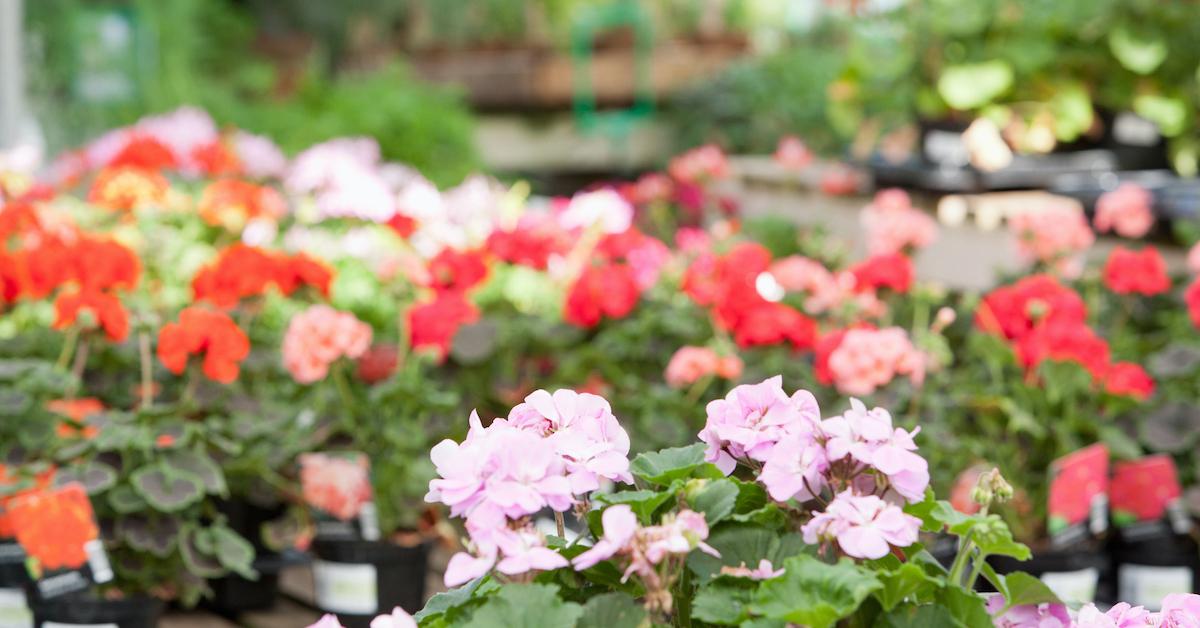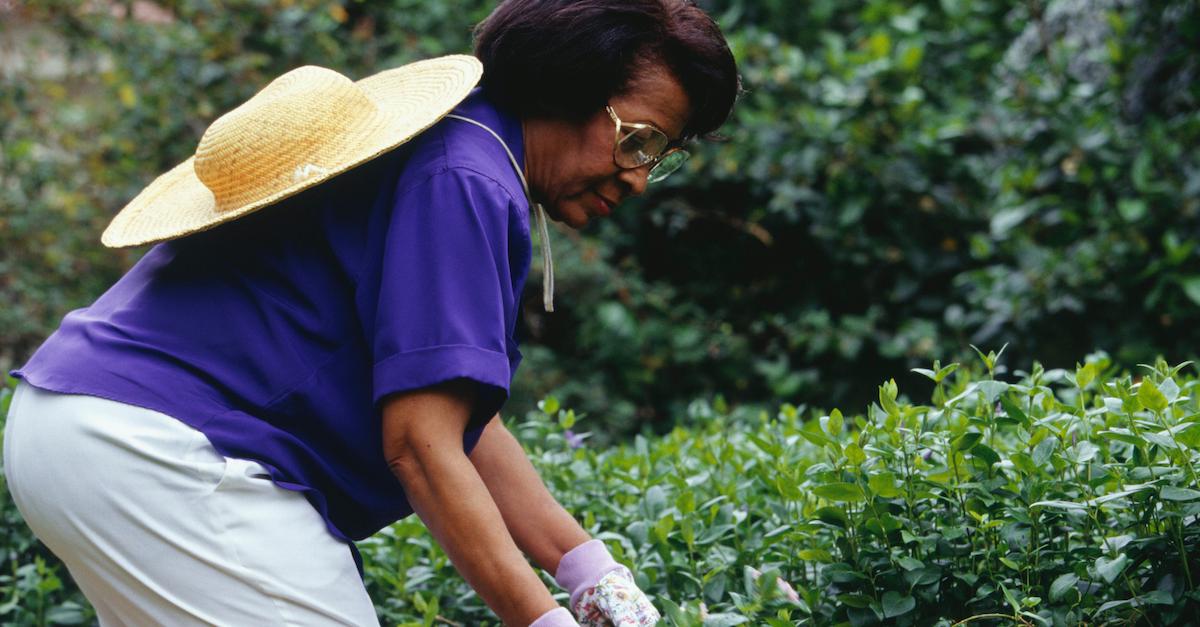Lasagna Gardening Will Effortlessly Help You Develop a Green Thumb, Sustainably
Published Jan. 15 2021, 11:30 a.m. ET

Although gardening can be truly gratifying, successfully maintaining a garden year-round can be incredibly tricky. Requiring knowledge, physical labor, and patience, it sometimes takes quite a bit of effort in exchange for very little reward. However, a practice called lasagna gardening is a sustainable and easy technique that gardeners have adopted to make their green space magical.
Keep reading for more about lasagna gardening — what it is, why it's more sustainable than other gardening practices, and how you can apply the tried and true technique to your garden, to ultimately "green-ify" it in more ways than one.

What is lasagna gardening?
Lasagna gardening (aka sheet mulching or “no dig” gardening) is a low-effort, sustainable gardening technique that was first popularized by Patricia Lanza who wrote about it in her book, Lasagna Gardening: a New System of Layering for Bountiful Gardens, according to The Garden Channel. She aimed to make gardening easier and more rewarding, with a method that requires less weeding, water, and digging — aka, it's not necessarily for those who absolutely love spending time laboring in the soil all day long.
According to Food & Wine, lasagna gardening involves making a plant bed from layers of composted items, such as newspaper, yard clippings, brown and green materials from your yard, "wet" ingredients, and anything else that's easily compostable. It can take up to a year for microbes and earthworms to break it all down, but once the composted materials aren't recognizable anymore, it will be good to go to start planting veggies, herbs, flowers, and whatever else you might want.
Watch the below video for more on the less intensive gardening technique, that's making your green thumb greener than ever.
What are the pros and cons of lasagna gardening?
The pros of lasagna gardening seemingly outweigh the cons, especially effort-wise. As per Gardening Know How, the gardening technique requires less effort than other gardening methods, as lasagna gardeners can basically let nature take its course, and let plants thrive in the rich, composted soil. The layers of newspaper and cardboard also largely prevent weeds from growing, and they better retain water, taking away many of the labor-intensive responsibilities that usually come with gardening.
Sustainability-wise, it's also a win. Because lasagna gardening deters weeds as well as pests, no herbicides and pesticides are required to maintain a lasagna garden. Additionally, because the layers of newspaper and cardboard retain water, it requires gardeners to waste less water. The act of composting is also advantageous for the environment, to naturally break down waste, and it's cost-effective, because it doesn't require gardeners to buy many materials.
As for cons, lasagna gardening takes away the physical labor some gardeners enjoy. Gardening Know How also suggests using natural materials for the bottom layer — such as straw or wood chips — as opposed to newspaper or cardboard, to avoid potentially harmful dyes or chemicals that some cardboards contain. It also takes quite a bit of time for materials to break down, it isn't efficient for big gardens, and while it curbs most pests, it can attract slugs, which aren't great for gardens.

Here's how to get your lasagna garden started:
To start a lasagna garden, according to The Spruce, you'll need:
- A garden hose
- A shovel
- Gardening gloves
- Brown and green organic materials to compost (grass clippings, leaves, vegetable scraps, trimmings, coffee grounds, tea leaves
- Rope
- Stones
- Mulch
- Seeds or garden plants
First, you'll build the space for your garden. Rope will define the bed's boundaries, and stones will create a solid siding to withhold your materials.
Next, you'll lay down two layers of "brown materials" (newspaper, dry leaves, pine needles) for every single layer of "green" materials (vegetable scraps, trimmings, and grass clippings. You'll lightly water it to get things "cooking," which could take several months. As previously mentioned, when the composted materials are no longer recognizable, you'll be able to start planting. To maintain, you'll continue adding compost to the garden, removing any weeds, and watering when necessary.
As per the regular rules of composting, things will break down quicker in the sunshine and in warm weather, so keep that in mind when positioning your lasagna garden bed. We can't wait to see what you end up (effortlessly) growing in 2021.